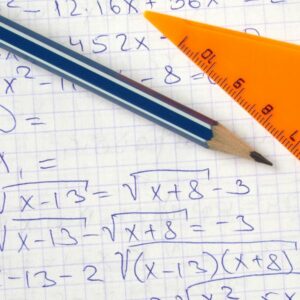
07 Jan Manhattan Algebra 1 Tutor
MANHATTAN ALGEBRA 1 TUTOR

WE travel to YOUR NYC home:
WE also travel to:
Manhattan Algebra 1 Tutoring
Module 1: Numbers
Topic A: Squares and Square Roots
Lesson Objective: Perform the four arithmetic operations using radical terms that are the same and different and write the result in its simplest form.
Squares
To square a number, just multiply it by itself.
Example: What is 3 squared?
“Squared” is often written as a little 2 like this:
This says “4 Squared equals 16”
(the little 2 means the number appears twice in multiplying, so 4×4=16)
Square Root
A square root goes the other direction:
3 squared is 9, so a square root of 9 is 3
A square root of x is a number r whose square is x:
r is a square root of x
Here are some more squares and square roots:
Negatives
We discovered earlier that we could square negative numbers:
Example: (−3) squared
(−3) × (−3) = 9
And, of course 3 × 3 = 9 also.
So the square root of 9 could be −3 or +3
Example: What are the square roots of 25?
(−5) × (−5) = 25
5 × 5 = 25
So the square roots of 25 are −5 and +5
The Square Root Symbol
This is the special symbol that means “square root” it is sort of like a tick and actually started hundreds of years ago as a dot with a flick upwards. It is called the radical and always makes mathematics look important!
and we say, “square root of 9 equals 3”
Example: What is √25?
25 = 5 × 5, in other words when we multiply 5 by itself (5 × 5) we get 25
So the answer is: √25 = 5
But wait a minute! Can’t the square root also be −5? Because (−5) × (−5) = 25 too.
Well the square root of 25 could be −5 or +5.
But when we use the radical symbol √ we only give the positive (or zero) result.
Example: What is √36?
Answer: 6 × 6 = 36, so √36 = 6
Perfect Squares
The Perfect Squares (also called “Square Numbers”) are the squares of the integers.
Calculating Square Roots
It is easy to work out the square root of a perfect square, but it is really hard to work out other square roots.
Example: what is √10?
Well, 3 × 3 = 9 and 4 × 4 = 16, so we can guess the answer is between 3 and 4.
Let’s try 3.5: 3.5 × 3.5 = 12.25
Let’s try 3.2: 3.2 × 3.2 = 10.24
Let’s try 3.1: 3.1 × 3.1 = 9.61
…
Getting closer to 10, but it will take a long time to get a good answer!
At this point, I get out my calculator and it says:
3.1622776601683793319988935444327
But the digits just go on and on, without any pattern.
So even the calculator’s answer is only an approximation
Note: numbers like that are called Irrational Numbers if you want to know more.
A Fun Way to Calculate a Square Root
There is a fun method for calculating a square root that gets more and more accurate each time around:
a) start with a guess (let’s guess 4 is the square root of 10) around
b) divide by the guess (10/4 = 2.5)
c) add that to the guess (4 + 2.5 = 6.5)
d) then divide that result by 2, in other words, halve it. (6.5/2 = 3.25)
e) now, set that as the new guess, and start at b) again
And so, after 3 times around the answer is 3.1623, which is pretty good, because:
3.1623 x 3.1623 = 10.00014
Now … why don’t you try calculating the square root of 2 this way?
How to Guess
What if we have to guess the square root for a difficult number such as “82,163” … ? In that case we could think “82,163” has 5 digits, so the square root might have 3 digits (100×100=10,000), and the square root of 8 (the first digit) is about 3 (3×3=9), so 300 is a good start.
Surds
When we can’t simplify a number to remove a square root (or cube root etc.,) then it is a surd.
Example: √2 (square root of 2) can’t be simplified further so it is a surd
Example: √4 (square root of 4) can be simplified (to 2), so it is not a surd!
Have a look at some more examples:
The surds have a decimal that goes on forever without repeating, and are Irrational Numbers.
Simplifying Square Roots
To simplify a square root: make the number inside the square root as small as possible (but still a whole number):
Example: √12 is simpler as 2√3
Get your calculator and check if you want: they are both the same value!
Here is the rule: when a and b are not negative
√(ab) = √a × √b
Example: simplify √12
12 is 4 times 3: √12 = √(4 × 3)
Use the rule: √(4 × 3) = √4 × √3
And the square root of 4 is 2: √4 × √3 = 2√3
So √12 is simpler as 2√3
Example: simplify √8
√8 = √(4×2) = √4 × √2 = 2√2
(Because the square root of 4 is 2)
Example: simplify √18
√18 = √(9 × 2) = √9 × √2 = 3√2
*It often helps to factor the numbers (into prime numbers is best):
Example: simplify √6 × √15
First we can combine the two numbers:
√6 × √15 = √(6 × 15)
Then we factor them:
√(6 × 15) = √(2 × 3 × 3 × 5)
Then we see two 3s, and decide to “pull them out”:
√(2 × 3 × 3 × 5) = √(3 × 3) × √(2 × 5) = 3√10
Fractions
There is a similar rule for fractions:
Example: simplify √30 / √10
First we can combine the two numbers:
√30 / √10 = √(30 / 10)
Then simplify:
√(30 / 10) = √3
Example: simplify
√20 × √5
√2
See if you can follow the steps:
√20 × √5
√2
√(2 × 2 × 5) × √5
√2
√2 × √2 × √5 × √5
√2
√2 × √5 × √5
√2 × 5
5√2
Example: simplify 2√12 + 9√3
First simplify 2√12:
2√12 = 2 × 2√3 = 4√3
Now both terms have √3, we can add them:
4√3 + 9√3 = (4+9)√3 = 13√3
Principal Square Root
So if there are really two square roots, why do people say √25 = 5 ? Because √ means the principal square root … the one that isn’t negative! There are two square roots, but the symbol √ means just the principal square root.
Example:
The square roots of 36 are 6 and −6
But √36 = 6 (not −6)
The Principal Square Root is sometimes called the Positive Square Root (but it can be zero).
Plus-Minus Sign
± is a special symbol that means “plus or minus”,
so instead of writing:
w = √a and w = −√a
we can write:
w = ±√a
In a Nutshell, When we have: r2 = x, then: r = ±√x
Reference:
Students of all ages receive one-on-one guidance in all instructional materials, exam preparation, and executive function therapy. At Themba Tutors, we take the time to help students and clients appreciate their strengths and succeed in areas where they need to improve. We offer personalized tools for each of our clients to help them become more aware of their individual needs as they work toward short-term goals. These skills will assist our students/clients in achieving their long-term goals.
TESTIMONIALS
We were very pleased with Samara tutoring service. Lindsay said she really enjoyed working with Samara. Lindsay finished her math class with a B, which is a great tribute to the support and guidance that Samara provided. Lindsay has completed her math requirement and she will graduate this weekend.
We would definitely recommend Samara, especially for any student struggling with math anxiety and/or dyscalculia. Thanks to Samara and you for your help!
-ANTHONY GOULD
Chris has been wonderful working with U on math for the past few months, she adores him!
-Z.K.
Jordan tutored our son in 7th grade math. We had a wonderful experience with Jordan. He was knowledgeable, always on time, and came up with some good strategies for our son to tackle difficult math concepts. Our son has a nonverbal learning disability so working with him can be somewhat challenging at times. But Jordan was always up to the task!
-aNNE S.
Ethan was very happy with the sessions and I could see his increased confidence in math classes at school. Ethan’s grades were generally improved in his IB math assessments and his MAP percentile ranking increased from 78 to 87%. During this time, Ethan missed 2 of his 5 school Math classes each week for tennis training. Sam provided the math support we needed at home to cover the curriculum but also worked well to fill gaps in his knowledge from previous years.
-CAROLINE B.
My son, a junior in a private high school worked, with a wonderful tutor from Themba to get ready for his SATs. I spoke with Blythe and she asked detailed questions about my sons strengths and weaknesses. She put me in touch with Don, who worked beautifully with my son. Don immediately understood where my son needed help and focused their time together on specific areas of need. He also recognized my sons strengths ( math )and was able to accelerate his understanding in those areas. My sons score jumped 190 points! The individualized instruction he got from Themba and Don was amazing! I highly recommend these wonderful people.
-MARIE W.
MEET OUR MANHATTAN ALGEBRA 1 TUTORS WHO TRAVELS TO YOUR HOME:

EVAN
Master’s in Leadership in Math Education, Bachelor’s Degree in Mathematics

KRISTEN
Master’s degree in Actuarial Science

SAMARA
Master’s Degree in Adolescent Special Education

JOHN V.
Master’s in STEM Education and Master’s in Applied Math

TRACY
Certified Special Education Teacher

LEAH
Bachelor’s degree in Secondary Education with a Concentration in Mathematics, M.S. in General and Special Education (grades 1-6)

MELISSA
Certified Math and Special Education Teacher, MS Math Education
**Guarantee: It’s critical that whoever receives our tutoring services connects with the specialist, the specialist has expertise in the area of need, and is available to travel to you. If you are not 100% satisfied with our services, we are 100% committed to finding you the right professional.
Chat with Themba Tutors Today! Our Manhattan Algebra 1 Tutors are ready to help you right now!
FREE CONSULTATION!!!
Call: (917) 382-8641, Text: (833) 565-2370
Email: [email protected]
(we respond to email right away!).
Craig Selinger
Latest posts by Craig Selinger (see all)
- Psychotherapy and Support Services at Cope With School NYC - April 12, 2024
- NYC Parents of Teens Support Group - April 8, 2024
- Here I Am, I Am Me: An Illustrated Guide to Mental Health - April 4, 2024
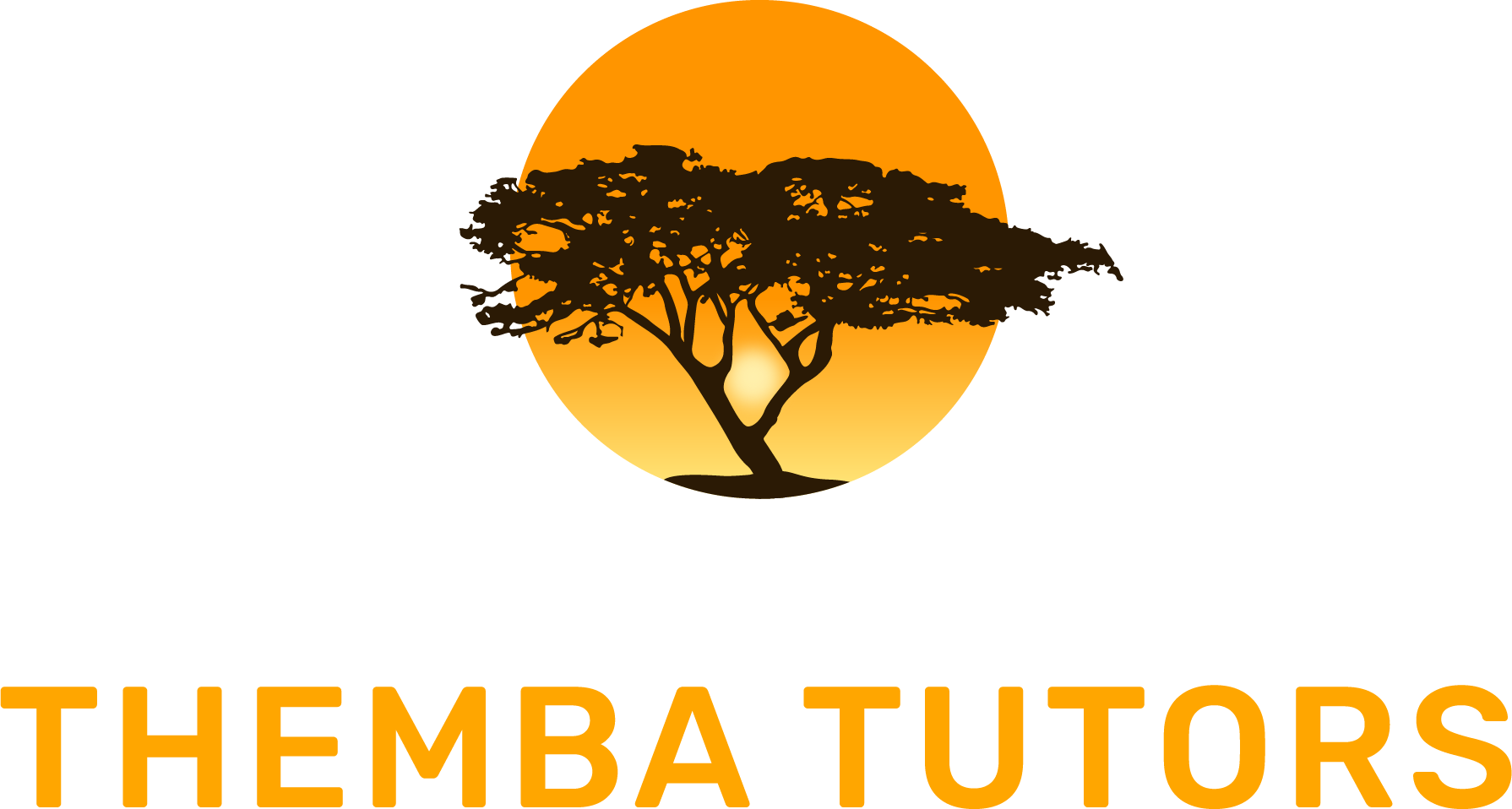


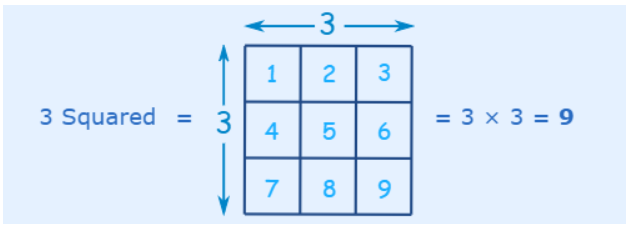
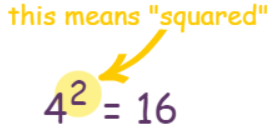
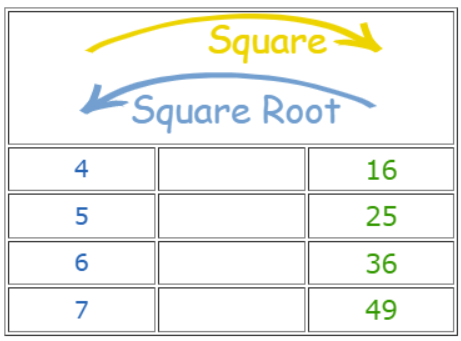

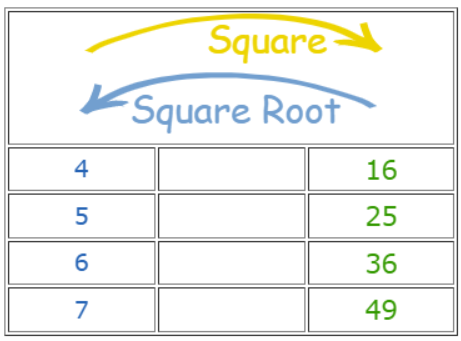
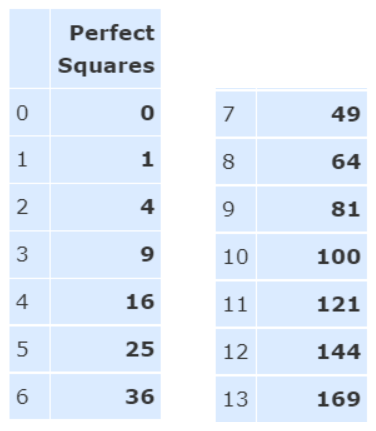
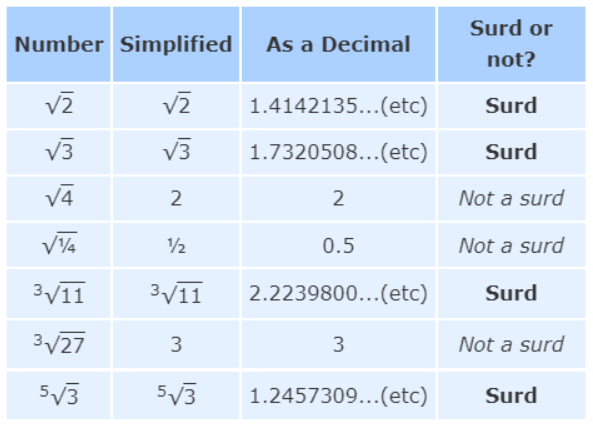
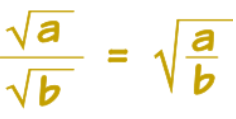

No Comments